How to Reset Idle after Replacing the Battery (5 Steps)
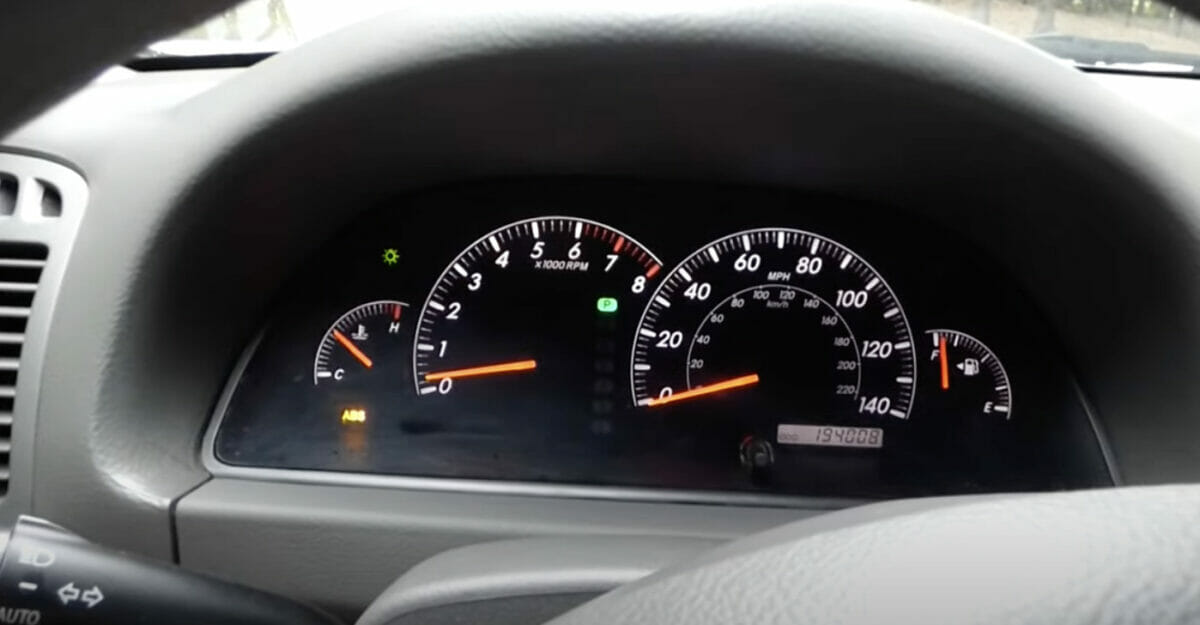
If you’ve just changed your car’s battery but are unsure how to reset the idle, this article shows you how it’s done.
Replacing a car battery is necessary when it’s dead or damaged, but you might need to reset the idle when you do. Resetting the idle is necessary because the car must be accustomed to the new battery to work normally again. But, usually, it’s only this way in cars with an electric throttle body.
Cars with an electric throttle body (ETB) have an electronic connection between the throttle and the computer (ECU). This is unlike in a conventional throttle body in which the throttle connects with the computer via a cable with an IAC (Idle Air Control) value.
To reset a car’s idle, warm up the car, turn off the engine, turn it on and off twice, then restart it and leave it running until you’re satisfied that the idle is working normally.
Why It’s Necessary to Reset the Idle
A major change, such as replacing the battery or even reconnecting one, requires resetting the idle.
The car’s computer can relearn the new values and settings. The process is called ‘Idle Relearn’ or ‘Throttle Body Relearn.’ It’s similar to making a computer’s BIOS recognize the new state after a major change, such as upgrading the RAM or changing the battery.
The car can achieve the required idle speed, among other things, by resetting the idle.
I’ve given more information about how the idle works and why it’s necessary to reset it, as I will show you first how you know it needs resetting and how to reset it.
What Indicates the Need to Reset?
You’ll know that you need to reset the idle after making a major change, such as replacing or reconnecting the battery, but the car will also indicate this to you.
When the car’s idle requires resetting, it will not behave normally.
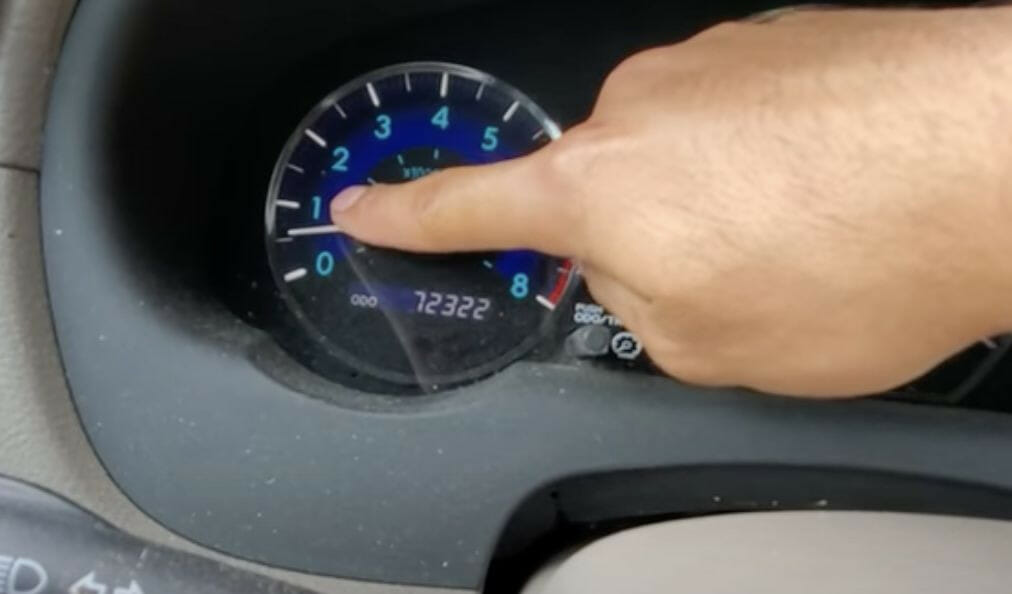
Resetting the Car’s Idle
Below is the general procedure for resetting a car’s idle.
Your car’s exact procedure may differ slightly, so check your vehicle owner’s manual or consult a car electrician. Here are the steps:
Step 1: Warm Up the Car (Optional)
Letting the car warm up a little is helpful before resetting the idle.
You can take it for a short drive. Warming up will put the throttle plate in the correct position. It also enables the car to identify the required airflow for the existing conditions. It’s not essential, but it will help.
A 5-minute drive should be enough.
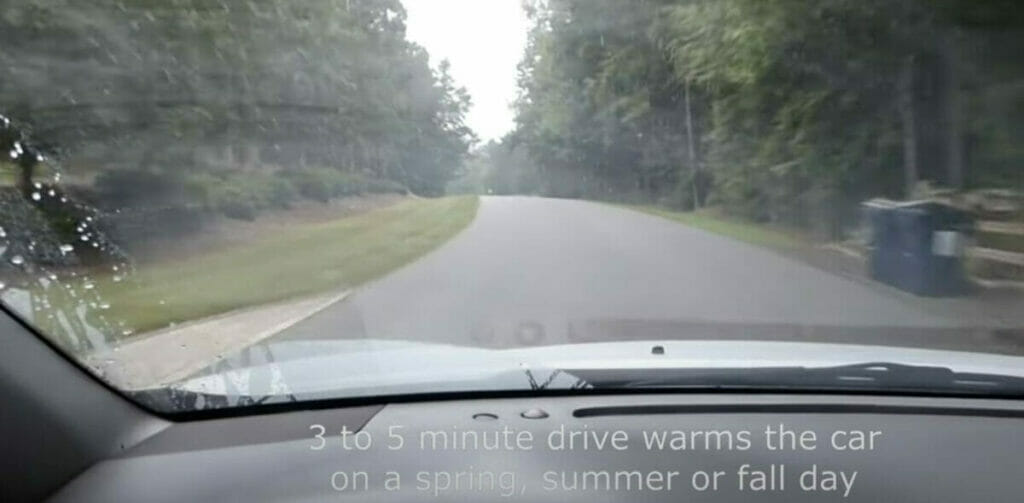
Step 2: Turn Off the Engine
When you stop somewhere or return home, turn the engine off.
Also, remember to pull up the hand brake. Leave the key in the ignition (turned off).
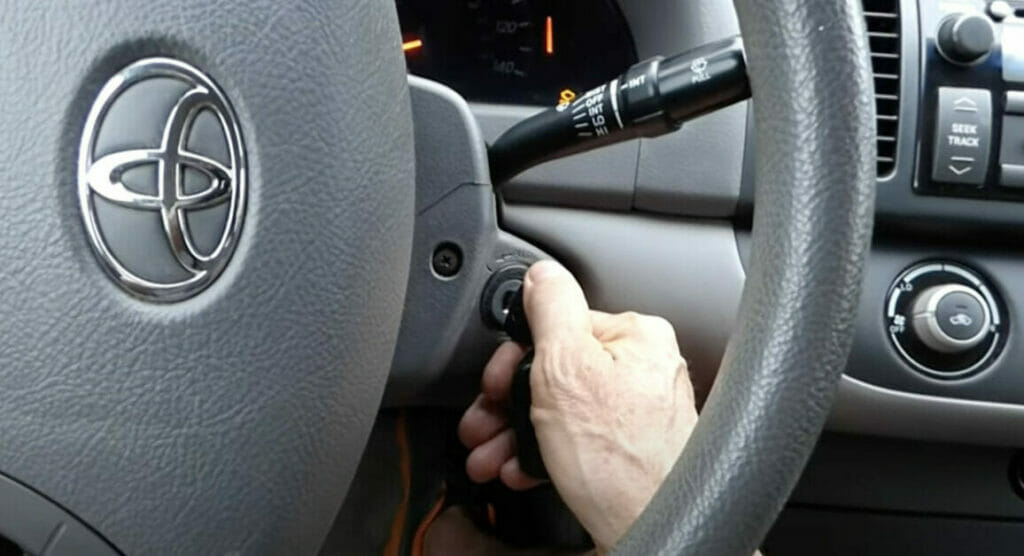
Step 3: Turn the Engine On and Off
With the engine turned off, turn it back on, then off again.
Do this twice before again starting the car on the ignition’s third turn.
Keep all accessories, such as the radio, USB devices, and AC, turned off throughout.
Step 4: Start the Car
When restarting the car (after switching the engine on and off twice), release the brake and let it idle.
By now, the idle should be reset, but leave it idle for a few minutes to let it get accustomed to the new setting.
Keep an eye on the dashboard. It should indicate normal communication with the car’s computer and proper airflow.
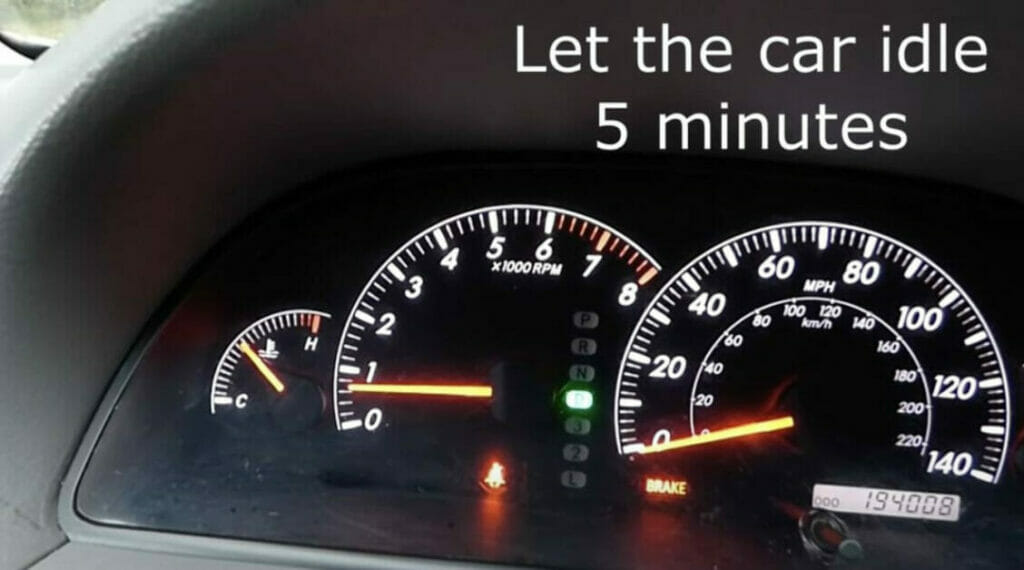
Step 5: Turn the Accessories On
You can now safely turn one or more accessories on.
This is to check that it doesn’t affect the idle, i.e., that it’s still working normally.
In case this affects the idle, and it doesn’t behave normally, you may need to repeat the process for resetting the idle again (go to Step 2).
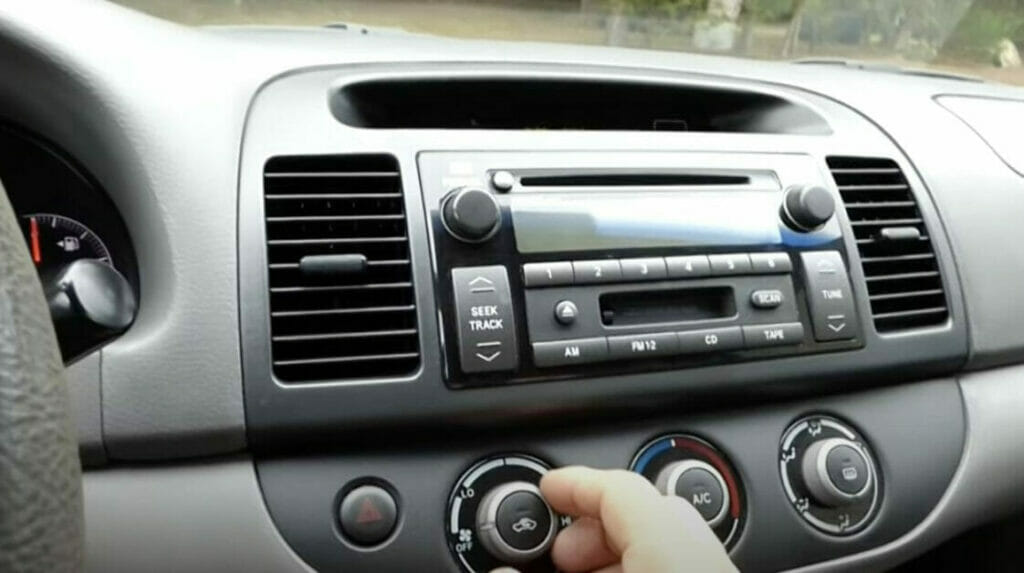
Try the alternative method below if the idle still doesn’t behave normally.
Alternative Methods for Resetting the Idle
If the above method fails, you may have to do an extra step.
Disconnecting the Battery
One alternative method is to disconnect the battery.
The extra step is to park the car, turn the engine off, and disconnect the battery’s positive terminal. Remove the bolt holding the clamp using a wrench or spanner. Put the cable aside so it doesn’t touch the terminal at all.
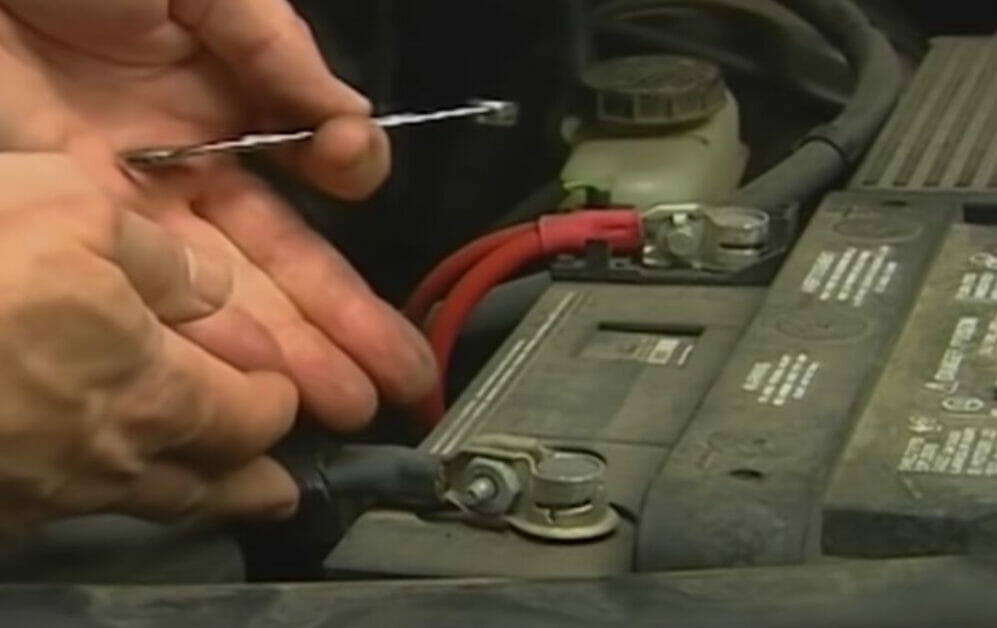
Leave the car’s battery disconnected for about 4 to 5 minutes. We do this to allow the ECU to power off completely.
After this wait, reconnect the cable to the battery’s positive terminal. It will power the ECU on again.
Now repeat the main procedure by starting and driving your car first (go to Step 1).
Using the OBD Diagnostic Tool
If both methods fail, you can always check the OBD diagnostic tool if your car has one.
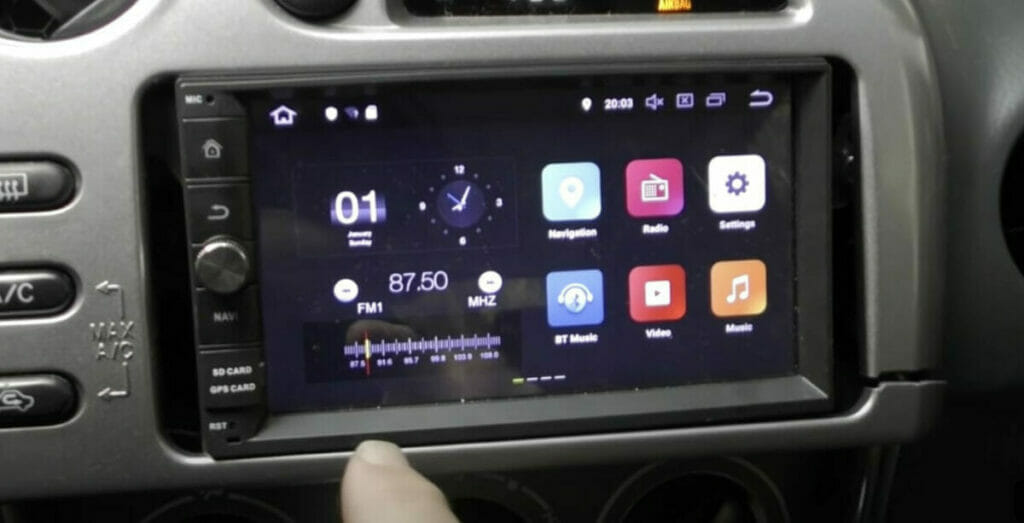
Unless the OBD is built-in, the tool’s port might be under the steering wheel, and you may have to connect your smartphone and launch the right app.
Let the computer scan your car’s settings and identify any errors or abnormalities.
If you see a code appear, find out what it means. It might be the cause of the idle not resetting.
Once you’ve dealt with the issue and the code doesn’t appear again, whatever it may be, try resetting the idle again by following the normal method described earlier (go to Step 1).
The Last Resort
If all the above methods fail to reset the idle, take the car to a professional electrician.
Troubleshooting
Even if you reset the idle, you might experience another related issue.
Low Idling
If the car is idling low or stalls after a battery change, you may have to reset the ECU to its default settings.
Rough Idling
If the idle is rough, then something else is causing the problem. It might be due to a clogged air filter, a bad spark plug, a dirty fuel injector, or several issues with the exhaust system. These problems are usually easy to fix, but you must have an accurate diagnosis first to know what to do.
Fluctuating RPM at Idle
A minor fluctuation at idle is normal and nothing to worry about. It’s only a temporary disturbance, especially if an analog (mechanical) screw indicates the speed and a mechanically-operated throttle. However, if the fluctuations are major and frequent, take the car to an electrician.
How the Idle Works and Why Resetting is Necessary
I introduced the idle and mentioned why resetting becomes necessary, but if you’re interested in more technical details, this section is for you.
About the Throttle
The ETB (Electric Throttle Body) comprises a plate, motor, and several sensors and is controlled by the car’s ECU (Engine Control Unit).
The throttle synchronizes airflow in the car’s engine, which includes maintaining the idle speed. It works by receiving a signal from the car and relaying that information to the ECU, determining the appropriate idle speed. It considers the temperature and pressure (on the gas pedal).
Why Resetting Becomes Necessary
Disconnecting the battery makes the ECU lose its memory and connection with the throttle, displacing the plate. So you have to reset the idle because the ECU needs to maintain contact with the ETB.
References
Video References
Scotty Kilmer
Menjicar
Helping U online
